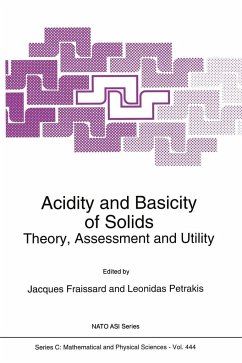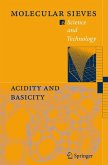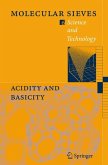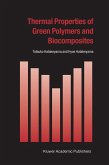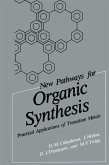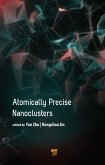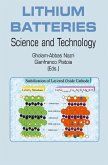Historically, technological developments that have made use of the acidity/basicity of solids have often preceded an understanding of the phenomena involved. This, of course, is very expensive, and a far less efficient process than research based on a fundamental understanding of the science. For the last 50 years, therefore, a vast amount of research has been devoted to the subject: the rewards, in terms of technological advantage, were seen to be high.
In the last few years, however, significant advances in the field have been achieved, in terms of our theoretical understanding, in instrumentation that allows research to be conducted in situ and under conditions appropriate to industrial processes, and in the realisation that a closer coupling between science and technology can improve our quest.
It is against such a background that Acidity and Basicity of Solids presents the latest and best work in the field.
For specialized workers in the field and university teachers of introductory as well as graduate courses. The more general reader will find the reviews particularly interesting.
In the last few years, however, significant advances in the field have been achieved, in terms of our theoretical understanding, in instrumentation that allows research to be conducted in situ and under conditions appropriate to industrial processes, and in the realisation that a closer coupling between science and technology can improve our quest.
It is against such a background that Acidity and Basicity of Solids presents the latest and best work in the field.
For specialized workers in the field and university teachers of introductory as well as graduate courses. The more general reader will find the reviews particularly interesting.

